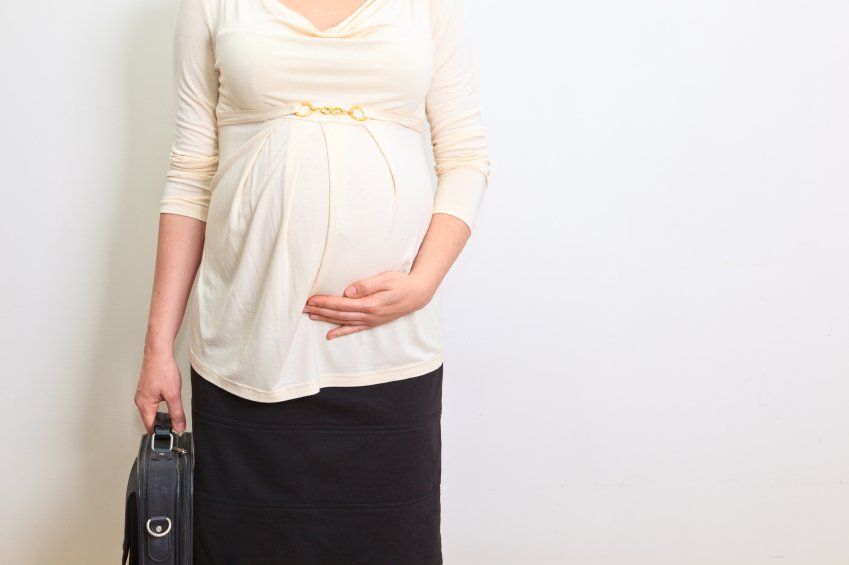
This month, for the first time in more than three decades, the Equal Employment Opportunity Commission (EEOC) – on a 3-2 party-line vote – has issued an expanded series of rules regarding instances of workplace discrimination against pregnant women. The aim of these new rules is to clarify what employers must do to give reasonable accommodation to such workers and to make them know that it is illegal under federal law to take measures such as making female pregnant workers lift heavy objects, to demote or terminate them, or even to deny them bathroom breaks after they make their pregnancies known.
The impact of these rules in the workplace and the courtroom could be very significant, because they smooth out what has tended to be a lot of confusion regarding existing law on this issue, including the Pregnancy Discrimination Act of 1978, a piece of landmark legislation that everyone from employers to courts has chosen to interpret in various ways. Currently, there is one case, Young v. UPS , that is headed to the Supreme Court. In that case, a pregnant UPS worker who normally loaded trucks was denied light duty work and hen terminated. The reason the case is going to the Supreme Court is because the lower courts have made very confusing and somewhat contradictory rulings.
In updating the rules, the EEOC cited what it referred to as the “persistence of overt pregnancy discrimination, as well as the emergence of more subtle discriminatory practices.” In addition to issuing rules invoking the Pregnancy Discrimination Act, the new guidelines classify pregnancy-related conditions as disabilities that are covered by the Americans with Disabilities Act (ADA). Based on that law, a pregnant worker will now be entitled to receive reasonable accommodation during the pregnancy, even if she hasn’t been injured on the job. The EEOC also acknowledged that many employers would have to assign light duty work for pregnant employees, which is the focus of the Young case. Employers are now also expressly prohibited from forcing pregnant workers to take leave.
The new guidelines don’t just cover the current, physical condition pregnancy. In fact, they prohibit discrimination based on past and future pregnancies, as well. After the birth, conditions such as lactation are considered medical conditions, so they will be protected by the ADA. The rules also don’t only apply to the pregnant woman. According to the new guidelines, when it comes to new parents and parental leave rules, anyone, including men and women, who are “similarly situated” now have to be treated the same way, and on the same terms.
The last time the guidelines were updated was in 1983, but issues such as this have been heating up in recent years. In addition to the Young case, which the Supreme Court agreed to hear just two weeks ago, the EEOC has seen a 46 percent increase in pregnancy-related complaints between 1997 and 2011.
These new rules make it clear that the EEOC will no longer allow employers to use a worker’s pregnancy as a rationale for denying jobs to women, or treating women in the workplace differently than other workers. If you believe you have been the victim of discrimination by an employer, you should see a lawyer as soon as possible to discuss your options.
References:


